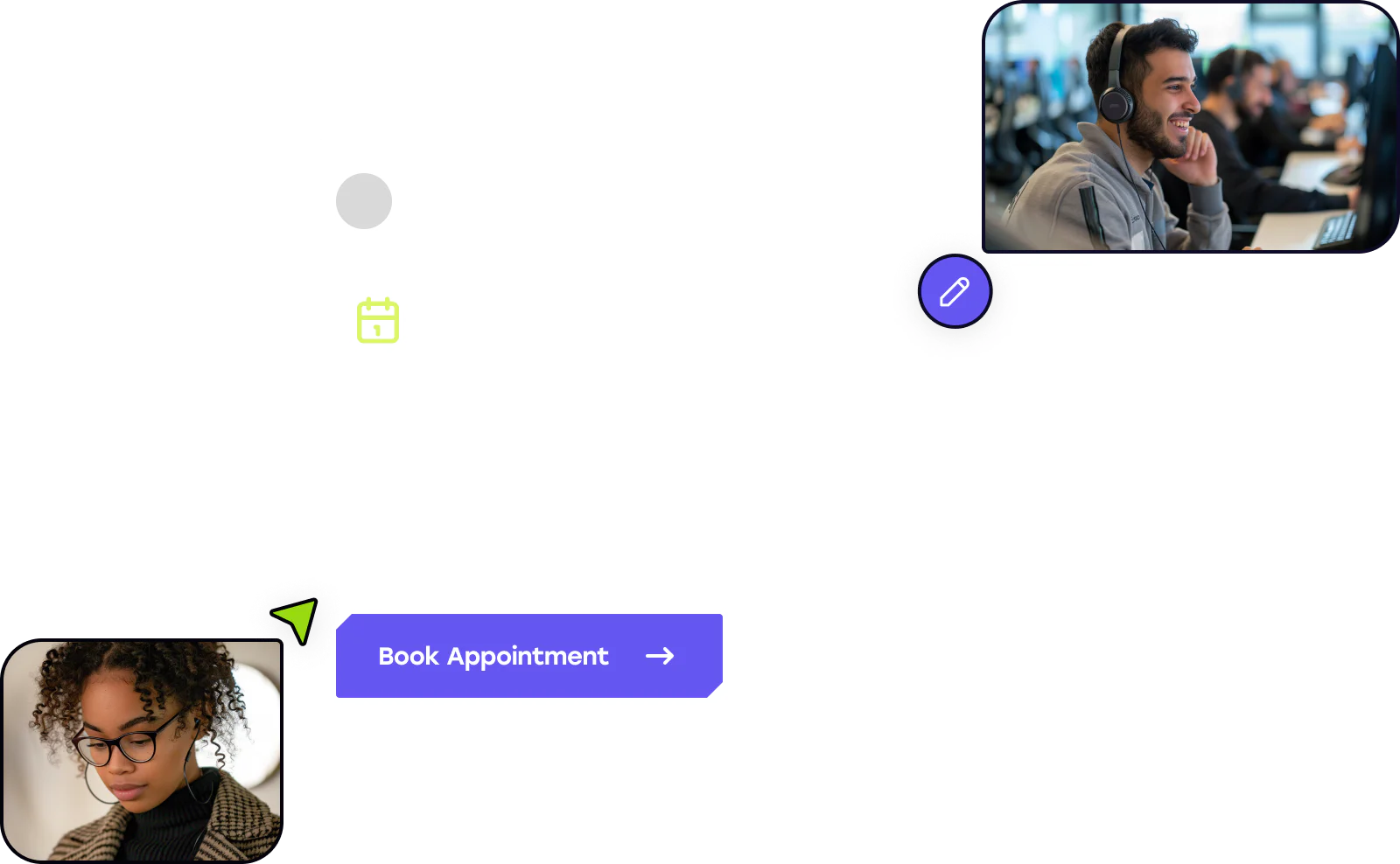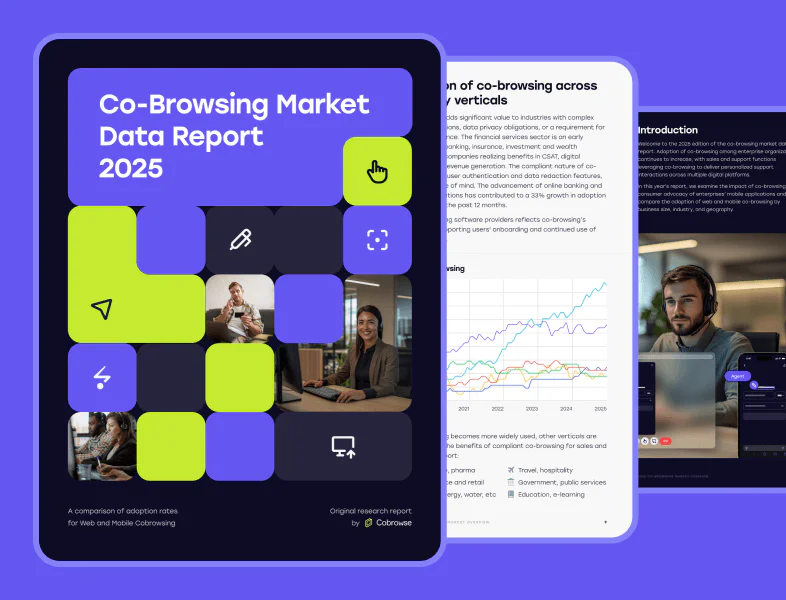Industries

Digital transformation
The global healthcare marketplace has undergone a period of rapid digitalization. Pre-COVID, financial and physical pressures combined to encourage innovation and a drive to efficiency across the sector. Post-COVID the momentum continued, with exponential growth in digital healthcare services.
Private and public sector healthcare providers have invested heavily in digital platforms and mobile apps to bring critical data and services to geographically dispersed patients. At the same time, non-primary care services, such as health insurance provision and claims management, have migrated almost exclusively online.
This presents several challenges to sales and support services, compounded by the sensitive nature of the data being exchanged and the demographics of users. While online web portals and mobile applications can make information more accessible, they do not necessarily make information more understandable. Users are typically older, less digitally competent, or simply in a state of agitation, which makes support engagements more complex.
The consolidation of multiple data sources brings vital patient data away from core systems to edge devices. While this empowers patients, it comes with the critical need to uphold security and data privacy standards, such as HIPAA. Balancing the benefits of information availability with the stringent requirements of data protection is essential to maintain trust when moving into the next generation of healthcare services.
Cobrowse provides invaluable insights into what our Health Care Professionals are experiencing in real-time. Not only have we seen measurable CSAT improvements, we have also seen our internal agent experience be enhanced with the product.

Clayton Panzeri
Director of Support, Shiftmed
Co-browsing for Healthcare
The personalized, one-to-one engagement provided by co-browsing is ideally suited to delivering better patient and customer outcomes in the healthcare sector. In support scenarios, co-browsing allows service providers to personally guide patients or customers through complex online healthcare platforms.
From a purely administrative perspective, co-browsing can be used to simplify and clarify the process of online form submissions. Real-time guidance reduces the likelihood of error and helps prevent repeat calls. In the case of complicated online onboarding applications, co-browsing can significantly reduce submission times, increasing overall platform adoption.
Co-browsing is also used to support insurance providers as they collaboratively navigate customers through coverage or benefit plans, or help prospective customers navigate websites and choose the coverage that best suits their needs. Assist prospects with selecting the right plan and completing the correct information to provide a stellar experience and increase conversion rates.
Explore Cobrowse.io for yourself. Visit the product page or try our free online demo.

The Cobrowse.io difference
Cobrowse is widely used in highly regulated industries such as healthcare. Built on privacy-by-default principles it is fully compliant with HIPAA, ISO 27001, and SOC 2 standards. Automatic redaction of sensitive data ensures patient confidentiality is maintained, and self-hosted software deployment options provide control over data sovereignty.
Healthcare providers deal with a broad spectrum of customers, with access to an equally wide range of devices. Cobrowse supports websites, mobile websites, and native mobile applications, facilitating remote assistance on any platform. This flexibility ensures a seamless and consistent experience across all digital channels and enables service providers to support more patients.
Bi-directional sharing of information, using agent present mode, allows healthcare platform providers to guide patients through medical record accounts and deliver an enhanced digital experience. Cobrowse also supports the sharing of 3rd party content, enabling providers to guide patients through information hosted on external websites, or in 3rd party documents and PDFs. This comprehensive support facilitates better patient understanding and engagement.
Read more about
Private by Default



